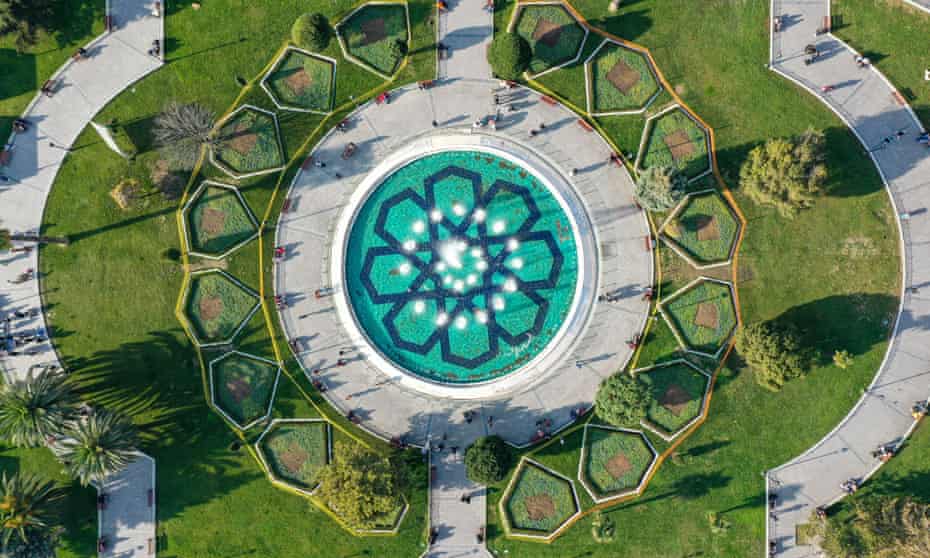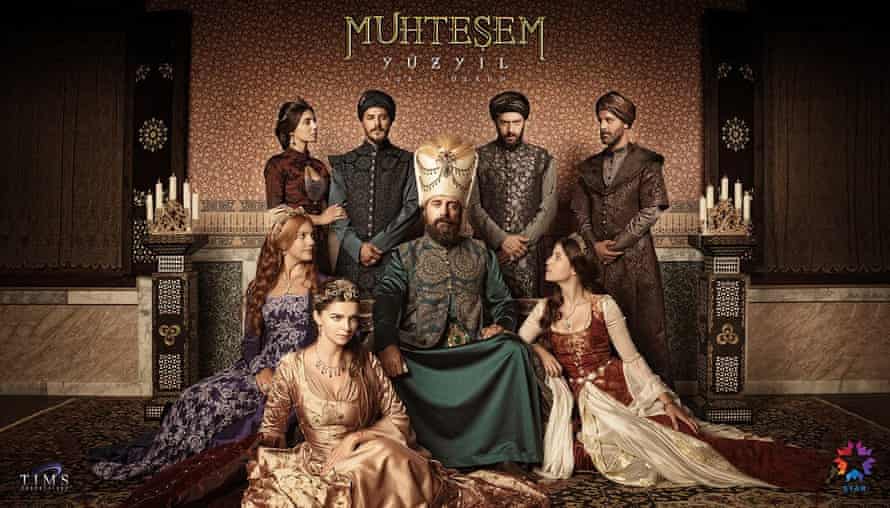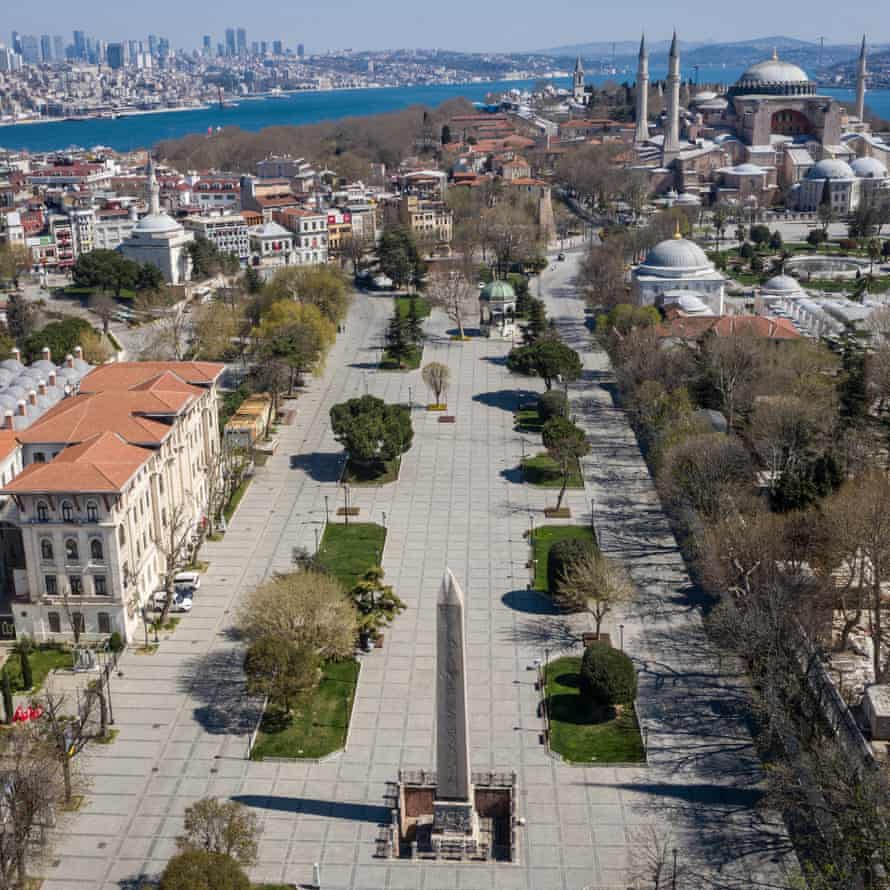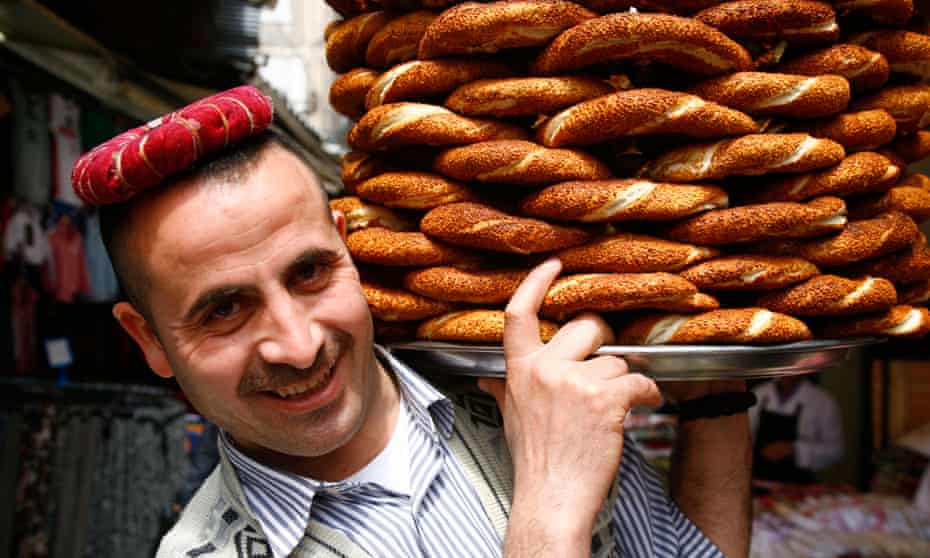When I first noticed this view of Istanbul, a long time in the past, it was as if I’d simply met the love of my life. From the northern finish of the Galata Bridge, wanting throughout the Golden Horn to what’s often called the Previous Metropolis, the view stays breathtaking even on an iron-grey winter’s day.
Rising above the waters of the Golden Horn and the Bosphorus are: to my left, the huge Topkapı Palace advanced; earlier than me, the Byzantine marvel that’s the Hagia Sophia and the Blue mosque; and to my proper, the Kapalıçarşı or Grand Bazaar and the Süleymaniye mosque. This final was created by Turkey’s biggest architect, Mimar Sinan, for its biggest sultan, Suleiman the Magnificent.
I’m not even scratching the floor of this megacity of 17 million souls, as trendy in locations as Singapore, but as previous and as mysterious as time. The shirt of metal the season has thrown over town doesn’t detract from her historic magnificence. Moved virtually to tears, I discover myself experiencing a second of huzun, an virtually untranslatable Turkish idea, which might loosely be described as pleasurable melancholy.

Strolling throughout the Galata Bridge, I nod to the windswept fishers who come, day in and time out, within the hope of catching palamut (skipjack tuna) and cinekop (bluefish). I look of their buckets to see what they’ve caught, realizing I’m being watched by a number of of Istanbul’s many road cats. Felines are tremendously cherished in Istanbul – some neighbourhoods even have little cat homes on road corners, lovingly adorned by adoring people.
A middle-aged man in an extended overcoat passes by, smiling at me, and I’m wondering if I do know him. Istanbul is called the “largest village on the earth”, the place one could meet family members, passing acquaintances and previous lovers within the area of 1 morning. Even the useless pop up sometimes.
I take my Istanbulkart journey go out of my pocket and ponder whether to take the tram up the hill from the dockside district of Eminönü or proceed strolling, within the frigid air, as much as the centre of the Previous Metropolis. I select the latter.
I’m lucky in having the ability to write books set on this vibrant, opulent, typically maddening metropolis. Condensing its essence into just a few paragraphs is just about inconceivable. However I’ve been giving it a go for greater than 20 years now, even when the sky seems like a menace.
Learn

Istanbul: Memories and the City, by maybe Turkey’s biggest residing author, Orhan Pamuk, is an excellent information to its biggest monuments and its labyrinthine backstreets. Listed here are beggars and witches, outlets promoting buttons, others providing terrifying flesh-coloured corsets, and half-forgotten Greek ayazma (sacred springs). Istanbul does divine properly, nevertheless it provides raffish a run for its cash, too.
After I attain the southern finish of the Golden Horn, I look again to the place I began my stroll – the hilly New Metropolis dominated by the Galata Tower. Constructed by the Genoese in 1348, it’s 63 metres tall and has a viewing space on the prime. In 1638, adventurer Hezârfen Ahmed Çelebi connected wings to his physique, jumped off the tower and glided throughout the Bosphorus.

This space, now often called Beyoğlu, is house to what had been as soon as massive international embassies, however at the moment are simply ornate consulates. The waterfront district of Karaköy, is the setting for Elif Safak’s novel 10 Minutes 38 Seconds in this Strange World. Primarily based on the lives of intercourse employees and transsexuals, this can be a compassionate and intimate portrait of the world. Make no mistake, Istanbul is just not a straightforward metropolis, and this novel exposes lots of its residents’ each day struggles to outlive.
Followers of thrillers and crime will get pleasure from a glimpse into town’s prison facet in Istanbul Noir, an anthology of brief tales edited by Mustafa Ziyalan. Against this, Halidé Edip’s Home with Wisteria (out of print) follows the early lifetime of considered one of Turkey’s foremost feminists in Ottoman and early republican Istanbul.
Watch

As I stroll up the hill from Eminönü to Sultanahmet, I go between Gülhane Park (as soon as a part of the Topkapı Palace) and the Elegant Porte – seat of the Imperial Ottoman authorities. These places remind me of one of the vital standard Turkish TV sequence ever, Muhteşem Yüzyıl (Magnificent Century). Set on the court docket of Suleiman the Magnificent, it tells the story of that sultan’s reign and his private life, centering on his harem. Not a biopic or a cleaning soap opera, Muhtesem is a dizi, a very Turkish tv phenomenon that may be historic or trendy, however should function drama, ardour and acts of braveness. To learn the way Istanbul was captured by the Turks, the TV miniseries Rise of Empires: Ottoman (on Netflix) is a mixture of professional commentary and great reconstructions.

In a mildly sensual haze, evoked by recollections of dizi, I spot a few damp belly-dancing costumes hanging exterior a memento store. Most likely my favorite Turkish movie of all time, 2011’s Zenne Dancer relies on the lives of stomach dancers – or quite their male counterparts, zenne. Historically, these younger males carry out at celebrations, however as of late [though not pandemic days] they are often seen in nightclubs, too. This typically brings them into battle with their households and with spiritual authorites, a reminder that enormous sections of town are culturally conservative.
See
Most of Sultanahmet’s sights are on my left as I crown the hill and step on to Divanyolu, Sultanahmet’s predominant thoroughfare. The primary is Hagia Sophia, as soon as the best church in Christendom, then a mosque, then a museum, it’s now a mosque once more and closed to guests when worshippers are at prayer. From the surface it’s a terracotta-coloured masterpiece; inside it’s elegant with marble and mosaic.

I wander alongside to the Sultanahmet mosque, an enormous, domed construction whose inside is adorned with beautiful blue Iznik tiles, therefore its different identify, the Blue mosque. The iron skies decrease, and I make my approach to the Hippodrome, the place the Romans held chariot races and the Byzantines who adopted them held their typically violent video games. There are three predominant monuments to see right here: the Byzantine Walled Obelisk, the Historic Greek Serpent Column, and the Obelix of Thutmose III, introduced from Egypt in AD390.
Style
I retrace my steps alongside Divanyolu. On my left I go Lale Restaurant (nicknamed the Pudding Store). Opened within the 1950s, it was as soon as a hangout for younger western travellers on their approach to Kathmandu hoping for enlightenment. Lately it nonetheless sells its scrumptious tavuk göğsü pudding, produced from sweetened, pounded hen breast, rice and milk. However on this event I’m going underground for my deal with.

On the finish of Divanyolu there’s the doorway to the Yerebatan Saray, or Underground Palace. It’s a subterranean Byzantine water cistern, and has a restaurant promoting sahlep, a winter drink produced from milk and powdered orchid root, and dusted with cinnamon. I spend time listening to the classical music performed in that huge, vaulted area, and watching the multicoloured mild present dance among the many historic columns.
Town is nice for road meals, from simit – sesame seed-dusted rings of enriched bread bought in every single place – to steaming kokoreç, spiced lamb intestines on a skewer. Tea, çay, which is served black right here, is obtainable everywhere in the metropolis, together with on the ferries that cross the Bosphorus. Turkish espresso, kahve, is just not fairly so ubiquitous however will be discovered close by on Divanyolu at a beautiful pastane (patisserie) referred to as Cigdem. It additionally serves great savoury pastries referred to as börek (with cheese or spinach) and among the finest sticky, nut-studded baklava identified to humanity.
Pay attention
Turkey’s rap scene is massive however little-known exterior the nation. You may hear youngsters rapping on the streets, significantly in poor components of city, resembling Tarlabaşı, a multi-ethnic typically troubled however all the time inventive place. Most likely essentially the most well-known rap monitor is a 14-verse epic referred to as Susamam, a deeply political work produced by a collective of Istanbul rappers.
Extra my sort of listening is Arabesk: influenced by Arabian music, it’s a type that identifies with the working courses and their struggles. A form of musical dizi, it may be deeply melancholy, particularly in its remedy of thwarted love. It’s largest stars, singers together with Bülent Ersoy and İbrahim Tatlıses, reside turbulent lives straight out of TV drama. Turkish pop is exemplified by singer-songwriter Tarkan.
As I return to the Galata Bridge, my thoughts drifts to the person I noticed there earlier. An previous good friend or somebody well-known? Possibly my long-dead grandfather? Within the magical metropolis of huzun, something is feasible.
Barbara Nadel’s Çetin Ikmen crime novels are set in Istanbul. Her most up-to-date, Blood Business (Headline, £8.99), is out now in paperback. Her subsequent e book is Forfeit, to be revealed on 13 Could
Supply: www.theguardian.com



